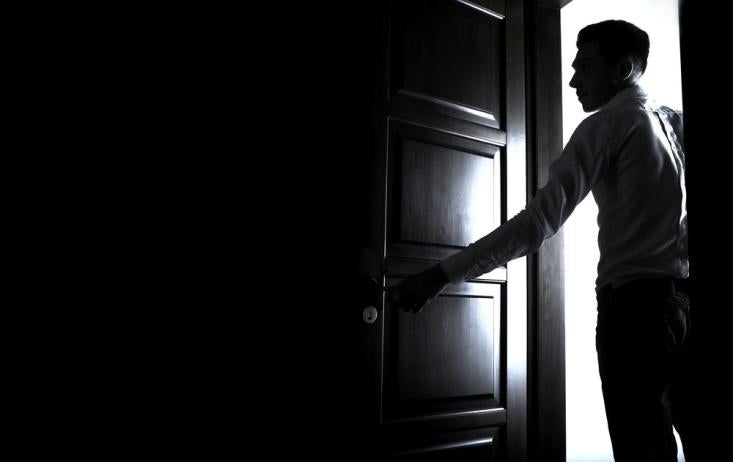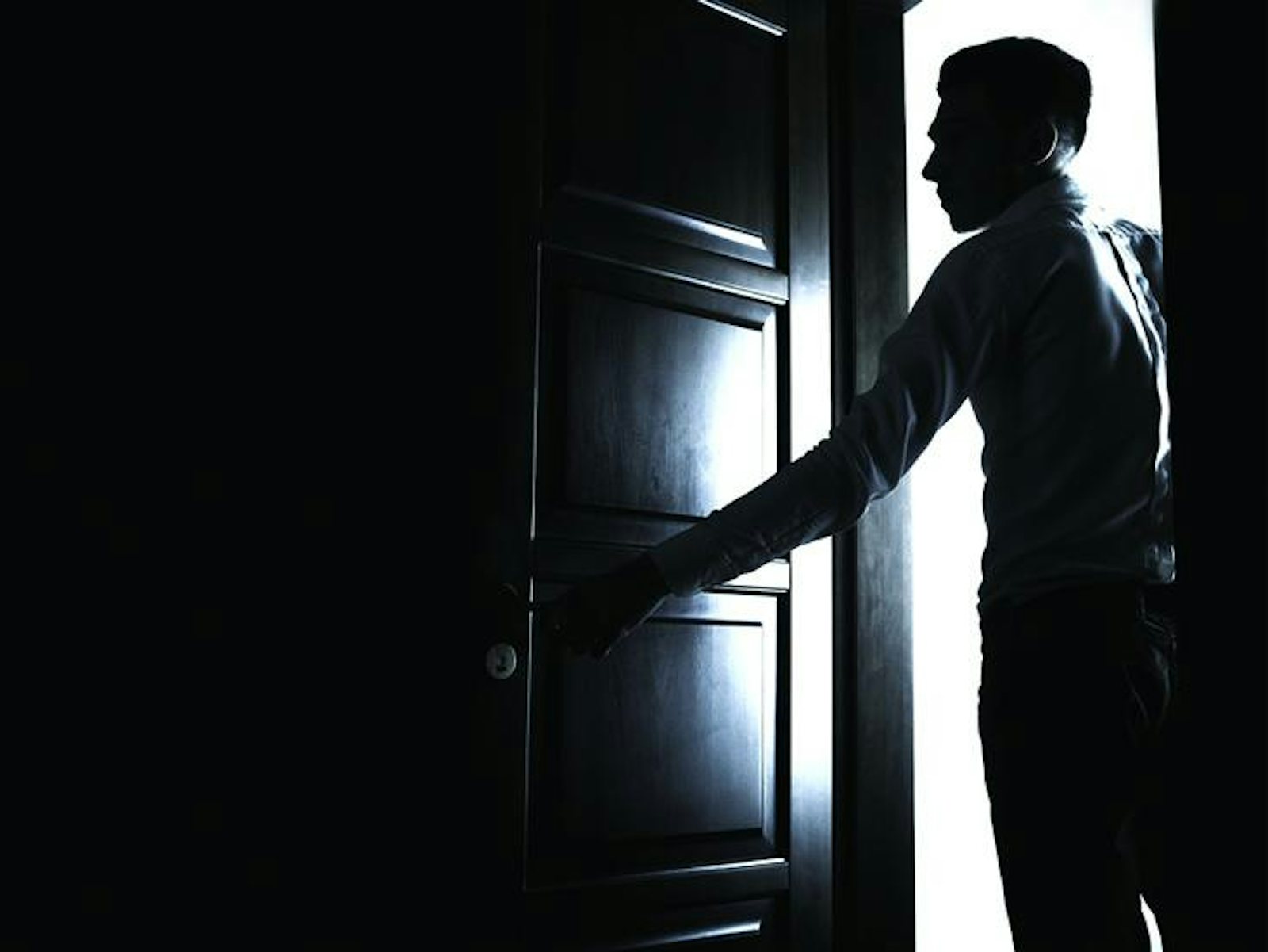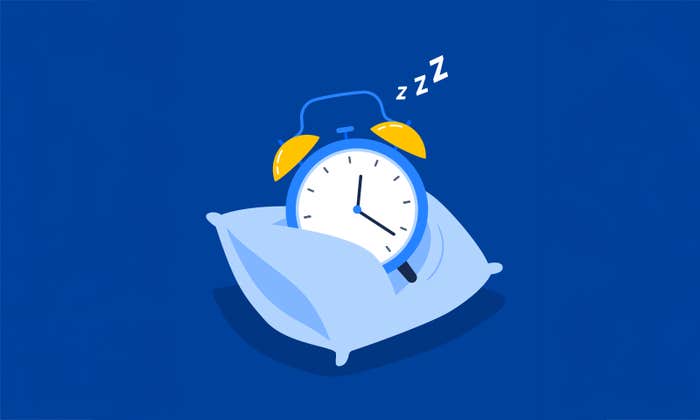The email from a professor offered an unusual spring break adventure: Come spend five days in complete darkness. To Morgan Williams, then a sophomore at Swarthmore College and a psychology major, it sounded like a great way to spend his vacation week. “I’m not really one for going to the beach,” he says.
For those five days in 2012, Williams and neuroscientist Benjamin Backus lived in a large room that had been carefully outfitted to ensure that not a ray, not a gleam, not a single photon of light would reach their eyes.

The setting was a converted attic space that formed part of Backus’s apartment in New Rochelle, NY. Every aperture was sealed off with the aid of heavy theatrical blackout curtains. Electronic devices that lit up in any way were either modified or banned from the room. Instead of an airlock, they had a “lightlock” room that separated them from the illuminated world. A helper left their meals in that buffer room (a bathroom), and the pair retrieved them once they could be sure of doing so without light exposure.
Each day the two men tacked up a large piece of photosensitive film used in radiology. Days later, after they’d left the room, Backus developed those five sheets of film and was gratified to find them pure black, indicating zero exposure to light. “For our experiment, 23.9 hours of dark isn’t enough,” Backus says. “We can’t let those visual neurons have any hope of visual input coming back.”
There were also daily tasks. They used voice recorders to make notes on the experience. They took turns on an exercise bike, on which the light-up buttons had been covered with stick-on bumpy buttons. They listened to audio books, meditated, and studied a book about braille with their fingertips.
Their meals arrived on a strict schedule to preserve the normal rhythm of their days. They sometimes dined on handheld foods like tamales and sandwiches, but also tested themselves with more complicated meals requiring silverware. Backus says he found eating in absolute darkness to be a tricky business. “The problem is knowing if the food has been speared with the fork,” he says. Unless he used his fingers to confirm that he’d successfully snagged a piece of ravioli, for example, he’d often bite down on air. “I never got good at it,” he says ruefully.
So what was the point of this extreme exercise? Backus, a professor at SUNY College of Optometry, was doing a trial run. He needed to answer logistical and safety questions before he could embark on his real experiment involving people with a type of amblyopia, the visual disorder commonly known as lazy eye.
The researchers hope to help people with anisometropic amblyopia, which begins in early childhood but can go undetected for years. In this disorder, the eyes themselves are fine, but something goes wrong with the connections between the eyes and the brain’s visual processing center. The brain never learns to take in fine details from one side, causing blurry vision in that eye.
The disorder can often be corrected if caught early: A young child’s brain is still learning how to make sense of the visible world so the visual cortex is still “plastic” and changeable. In one standard treatment, the child wears an eyepatch over the good eye, forcing the brain to work with the bad one.
However, sometime between the age of two and six a child’s visual cortex becomes set (it varies between people). If the amblyopic child hasn’t received treatment by that point, he or she will be stuck with that blurry vision. “Even if they get glasses, it’s too late for the brain to use the good sharp retinal image,” Backus says.
Hence, the approach: Restore amblyopic people’s visual cortices to that changeable, childlike condition with a stint in total darkness.
Backus thinks the darkness may serve as a factory-reset for the visual system, and may therefore improve the patients’ symptoms. A neuroscientist at the University of Maryland, Elizabeth Quinlan, has kept amblyopic rats in total darkness for ten days, and demonstrated that the synapses in their visual cortices became more plastic. When they came out of the dark, it was as if they were seeing the world anew.
Staging a similar experiment with humans was the obvious next step. Will amblyopic people emerge from days of light-deprivation with new eyes, as if emerging from the womb?
“We hope that we will cure the amblyopia, but we don’t know if that will happen,” Backus says. “The effect could be anything from no benefit to complete cure, but we won’t know until we do the study.”
Now, with funding and approval for the full-scale experiment involving amblyopia patients, Backus is seeking 24 volunteers who are willing to live in the pitch black for either five or ten days this winter. He knows whom he needs to recruit: “We need people who are adventurous, who are team players, people who would be good astronauts,” he says.He’s looking for amblyopia patients with the right stuff.
Backus enjoys this comparison. During his trial run with Williams, he called the two of them “scotonauts,” based on the Greek word scoto for darkness. Their mission was to prepare the way for the next crew, the ones who may really take science a step forward. Backus and Williams were like the Apollo 10 astronauts who orbited the moon but never landed, preparing the way for Neil Armstrong’s big step.
They had a number of practical questions to answer. They needed to confirm that they could establish the proper experimental condition of pitch blackness, and also determine whether research participants would be able to perform the activities of daily living without sight. And one more thing: They had to be sure that five days spent in utter darkness wouldn’t drive the participants completely bonkers.
Backus can reassure prospective recruits on this count. “I was very relaxed and happy after five days,” he says. “I didn’t want to come out of the dark.”
Eliza Strickland is an associate editor for the science and technology magazine IEEE Spectrum. Find her on Twitter @NewsBeagle.


























